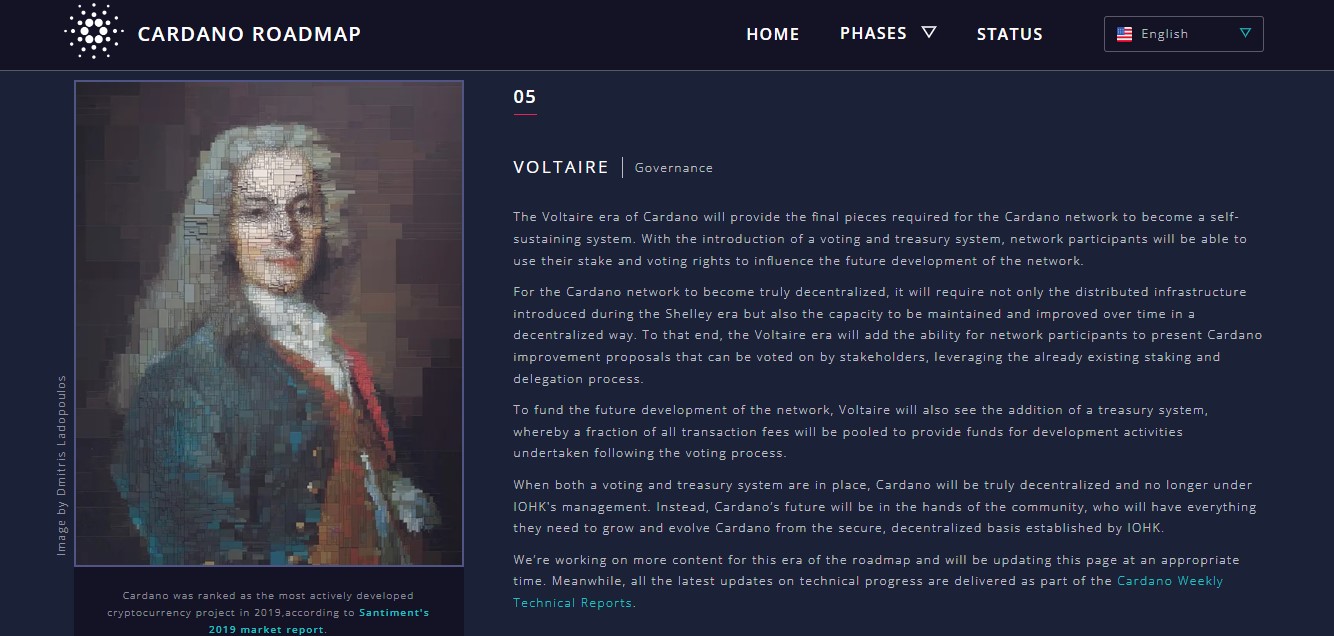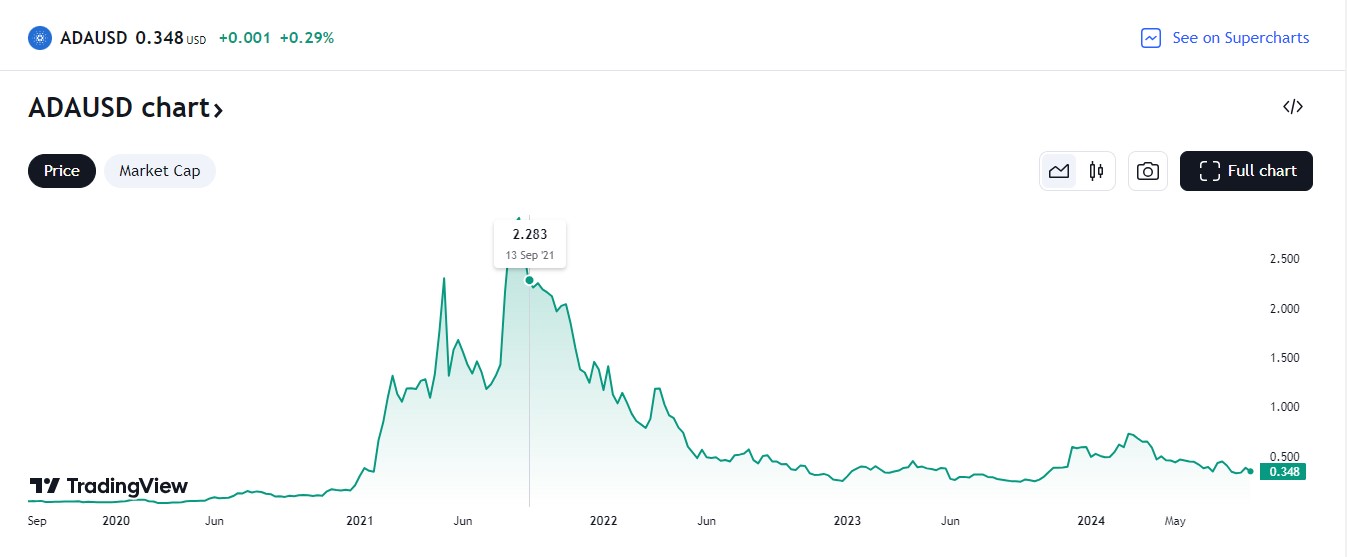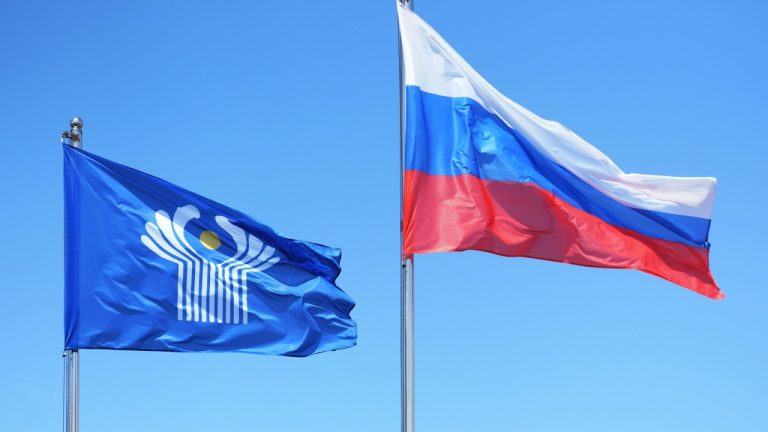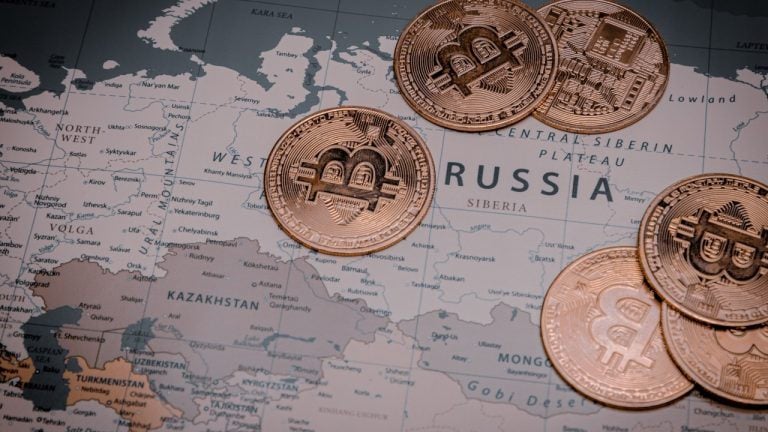
Cardano’s Chang hard fork set to launch tomorrow — Here’s what you should expect
Key Takeaways
- The first phase of the Chang hard fork will introduce a temporary governance structure to guide Cardano’s transition.
- Cardano aims to increase transaction throughput to over 1,000 TPS with the new upgrade.
Share this article
The Chang hard fork, Cardano’s much-anticipated upgrade, is set to roll out by the end of this week following confirmation from Intersect, a member-based organization of the Cardano ecosystem.
The transition is part of Cardano’s roadmap to empower its community and enhance the network’s democratic governance structure. As the major milestone is just hours away, we’ve gathered everything you need to know about the Chang hard fork, what it will do, and what investors should expect from ADA’s price actions.
The Chang hard fork—”The Age of Voltaire is soon upon us”
Since its launch in 2017, Cardano has undergone four distinct eras, including Byron, Shelley, Goguen, and Basho, each focusing on specific functionalities and enhancements to the blockchain platform.
Following the Basho era, Cardano is gearing toward the Voltaire era, which it describes as “the final pieces required for the Cardano network to become a self-sustaining system.”

For the Voltaire era, Cardano aims to become a fully decentralized blockchain where ADA holders can directly participate in the decision-making process and contribute to the network’s development.
The upcoming Chang hard fork is the first step in the transition to the Voltaire era. Technically, it is an upgrade to the blockchain that introduces radical changes to its protocol. For the hard fork to take effect, all nodes, or all the computers that run the blockchain, must upgrade to the new software.
What will the Chang hard fork do for the network?
As part of its goal to achieve community-run governance, Cardano’s Chang hard fork is expected to introduce a number of advanced governance features. In addition, the upgrade will also target improving Cardano’s scalability and security.
The Chang hard fork is split into two parts: the first focuses on establishing the necessary governance frameworks and the second will enhance those frameworks with more advanced features.
Part 1: A transition to community governance
The initial upgrade will initiate the technical bootstrapping process, which has been in preparation for several weeks. It involves a working group that reviews progress and ensures that the ecosystem is ready for the hard fork.
During this phase, the hard fork will introduce the Interim Cardano Constitution, a temporary governance structure to guide Cardano’s transition towards full community control, and the Interim Constitutional Committee (ICC), a temporary governance body that will oversee the initial governance actions and uphold the principles of the interim constitution.
The ICC will have the power to veto proposals through on-chain voting. The first phase aims to lay the groundwork for the transition to decentralized governance, where ADA holders will start to have a say in decision-making processes.
Part 2: Full decentralization
Expected to come around three months after the first phase, likely in Q4 2024, the second phase will activate advanced governance features. The goal is to enable full decentralized governance.
During this phase, the upgrade will introduce a new governance body called Delegate Representatives (DReps), who will facilitate decentralized decision-making and represent the interests of ADA holders.
This phase will also involve the implementation of on-chain voting mechanisms, allowing ADA holders to propose and vote on governance actions directly. Cardano aims to fully transition to a community-driven decision-making model during this phase.
Apart from decentralized governance, the Chang Hard Fork also looks to improve Cardano’s scalability, increasing transaction throughput from around 250 transactions per second (TPS) to over 1,000 TPS. It will implement advanced security protocols to protect against common threats.
When exactly will the Chang hard fork happen?
In June, Cardano’s founder Charles Hoskinson said Cardano would soon enter the Voltaire era following the Node 9.0 launch. A month after Hoskinson’s statement, Cardano released Node 9.0, clearing the way for the Chang hard fork.
The Chang hard fork was initially postponed due to concerns about exchange liquidity but has now been rescheduled with the majority of the ecosystem ready.
Intersect confirmed that the Chang hard fork is scheduled for September 1, 2024, at 21:45 UTC. The decision to implement the hard fork was reached through a unanimous vote by key stakeholders, including Intersect, Emurgo, the Cardano Foundation, and Input Output (IOHK).
The hard fork working group also confirmed that sufficient readiness has been achieved across various sectors of the Cardano ecosystem:
-
Stake Pool Operators (SPOs) demonstrated high readiness, with over 90% of exchanges also prepared.
-
Decentralized Applications (DApps) have shown strong adoption, with over 50% of total value locked.
-
No severe issues have been reported.
If things go according to plan, the Chang hard fork will launch at the end of this week.
Binance said in an announcement on August 30 that it will support Cardano’s Chang hard fork. The exchange will temporarily halt deposits and withdrawals of ADA tokens during the upgrade process.
Another major exchange, Bitget, is also in the process of updating its systems to support the upgrade.
Will the hard fork impact ADA holders?
The Chang hard fork is not expected to directly impact ADA holders. If you are just holding ADA in a wallet, you do not need to take any special action before or after the hard fork. Your ADA balance and transaction history will remain intact.
For ADA holders who are staking their tokens, the hard fork may have some indirect effects:
-
Staking Rewards: Improvements to the network’s scalability and performance could potentially lead to higher staking rewards over time.
-
Decentralization: By enabling community governance, the hard fork aims to further decentralize the network. This may enhance the security of staked ADA by reducing the risks associated with staking in a single pool.
What should we expect from ADA’s price actions?
According to data from TradingView, ADA surged by over 140% less than two months before the launch of the Alonzo hard fork in September 2021. However, the crypto asset suffered a major setback following the upgrade, likely due to the overall market downturn.

The Vasil hard fork, which went live on the mainnet in September 2022, had a subdued impact on ADA’s price due to prevailing bear market conditions. The upgrade did not drive significant price appreciation, data shows.
With its focus on redefining Cardano’s governance, the upcoming Chang hard fork is expected to attract more developers, users, and investors to the ecosystem, potentially boosting ADA’s value.
However, historical data suggests that the hard fork alone does not guarantee a price increase. ADA’s price will ultimately depend on various market factors and the overall adoption and usage of the Cardano network.
ADA is currently trading close to $0.35, registering a slight increase in the last 24 hours.
Share this article
Go to Source
Author: Vivian Nguyen









